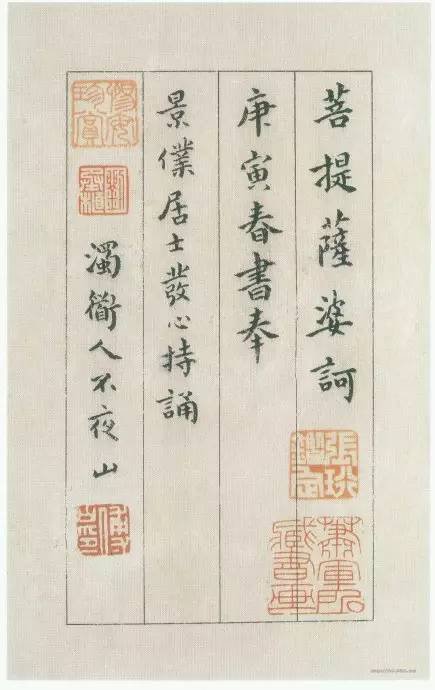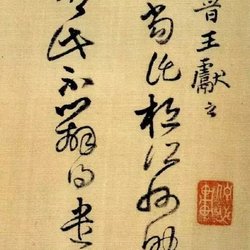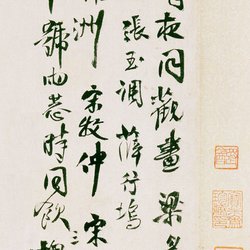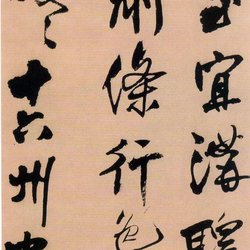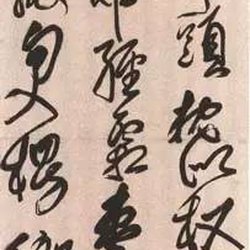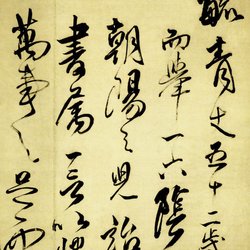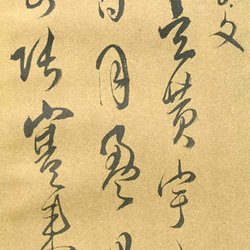Fu Shan has a wealth of knowledge, profound knowledge and unique personality. Coupled with the influence of famous calligraphers such as Zhang Ruitu, Huang Daozhou, Wang Duo and Ni Yuanlu, Fu Shan's calligraphy has a unique and strange flavor. Of course, the most important thing is that his outlook on life and aesthetics play a decisive role.
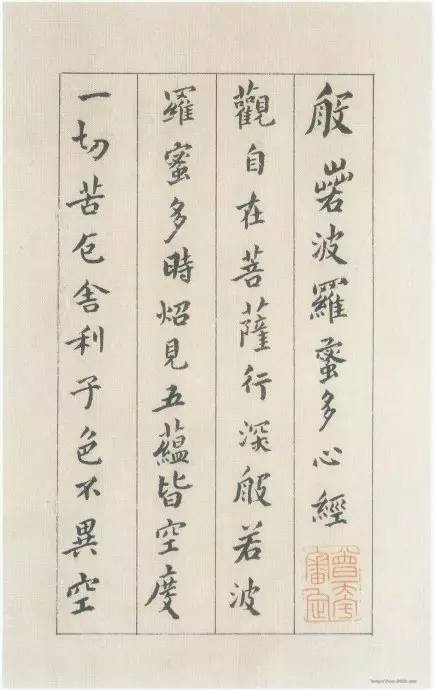
Fu Shan admired Yan Zhenqing's character and book quality so highly that he was in awe of him. He likes to use Yan style when writing large characters, such as "Collection of Ancient Plum Blossom Poems", and he also uses Yan style when writing small regular script, such as "Xiaoyaoyou" and the "Heart Sutra" shown today.
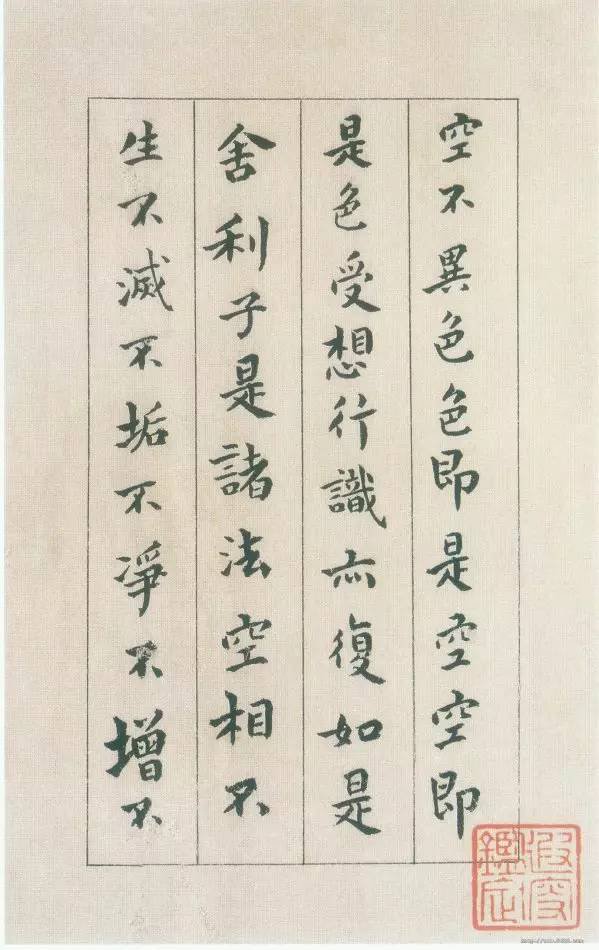
Deng Sanmu said in "Linchi Occasionally": "Fu Shan's small regular script is the most exquisite and extremely ancient. However, he does not write much. He usually responds to people's requests in cursive script. However, his cursive script is not tacky at all. The appearance is elegant and the connotation is stubborn, just like The way he is as a person". His facial expressions are very good, and there are many large-character couplets and lists of facial expressions that have been handed down to this day, all of which are dignified, vigorous, vigorous and powerful.
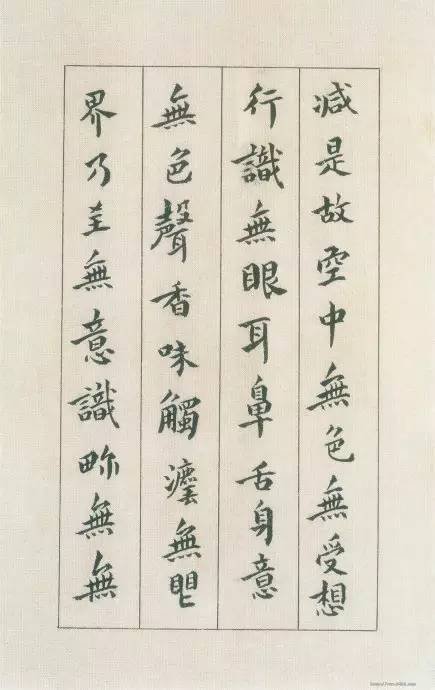
Introducing: Fu Shan (1607-1684), a genius, a thinker and a great calligrapher during the Ming and Qing Dynasties. Han nationality, from Shanxi. Ming Zhusheng. He died in the Ming Dynasty and became a Taoist priest. He lived in seclusion in an earthen house and raised his mother. During Kangxi's reign, he was promoted to Hongbo, but he had to resign repeatedly. When he arrived in Beijing, he claimed that he was old and sick and returned without trying. Gu Yanwu admired his integrity. He was knowledgeable in everything, besides classics and history, he was also familiar with the pre-Qin scholars, and he was also good at calligraphy, painting and medicine.
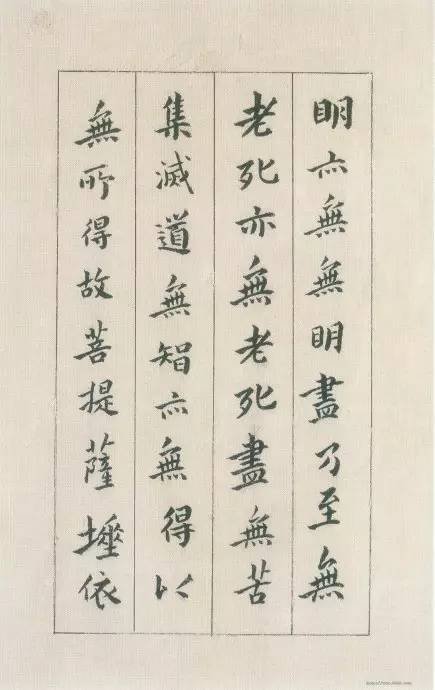
In terms of poetry, literature, calligraphy, and painting, Fu Shan was good at learning and using them, and he had profound attainments. Among the Confucian scholars in the early Qing Dynasty, no one could surpass him in the breadth of his knowledge field and the magnitude of his achievements. Fu Shan's calligraphy was respected by people at the time as "the first calligrapher in the early Qing Dynasty". He wrote about Yan Zhenqing and summed up his experience of "better to be clumsy than skillful, to be ugly rather than charming, to be detached than to be slippery, and to be straightforward rather than arranged."
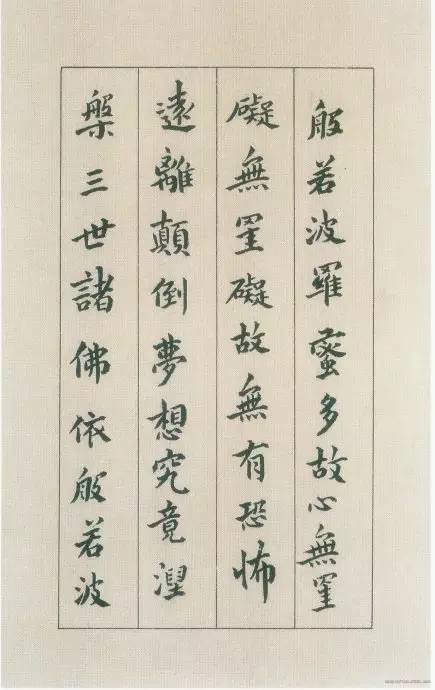
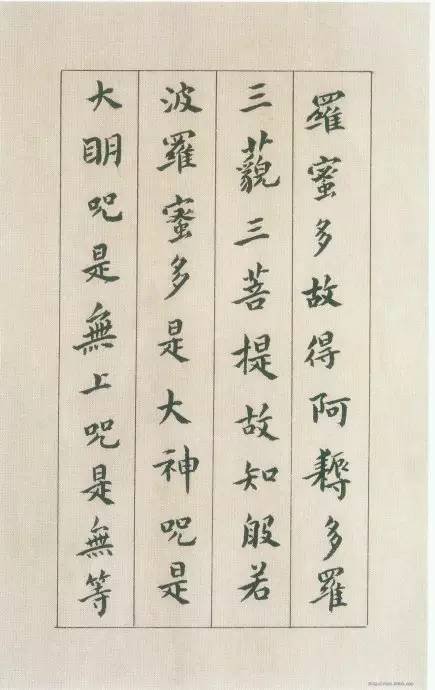
Fu Shan believes that writing calligraphy should:
It is better to pursue simplicity than to pursue splendor. We should pursue an artistic realm that is as subtle as clumsiness and not explicit. It is better to write ugly or even rough-looking, rather than to please others, be servile and seek inner beauty;
It is better to pursue loose and jagged old trees than to be frivolous and frivolous. The natural and sparse taste is far better than the frivolous appearance of character;
It is better to write in a straight line without any worries, than to paint your eyebrows and hair or embellish your hair, which may seem like a pretense.
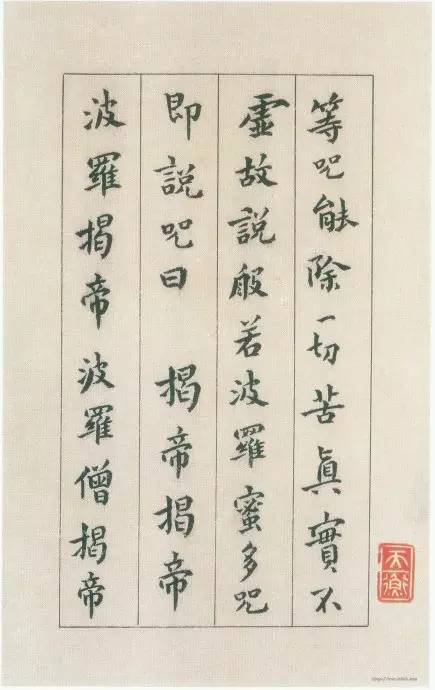
Fu Shan made contributions to the theory of calligraphy art. The theory of "Four Nings and Four Nos" proposed by him is extremely insightful and has universal significance and far-reaching influence on the entire art field. "It is better to be clumsy than skillful, to be ugly rather than flattering, to be detached rather than slippery, to be sincere and forthright rather than arranged," which is enough to influence the field of Chinese calligraphy.
